Have you ever wondered what really goes on in your cat’s mind when you switch their litter—again? It might seem like a harmless change, but for your feline friend, it can be as confusing as waking up to find your coffee replaced with orange juice. For cat parents who want nothing but the best for their whiskered companions, it’s easy to fall into the trap of chasing the “perfect” litter. But could those frequent changes do more harm than good? Let’s uncover the surprising, sometimes hilarious, and often misunderstood effects of switching cat litter too often.
Disrupting Your Cat’s Sense of Security

Cats are creatures of habit. They thrive on routine and familiarity, and their litter box is a cornerstone of their daily life. When you change their litter too frequently, it can shake up their sense of safety. Imagine if every time you visited the restroom, everything was different—the toilet paper, the soap, even the color of the walls. It would feel unsettling, right? For your cat, constantly changing their litter can be just as jarring. This disruption might make them anxious or cause them to avoid the litter box altogether, which is the last thing any cat parent wants.
Triggering Litter Box Aversion
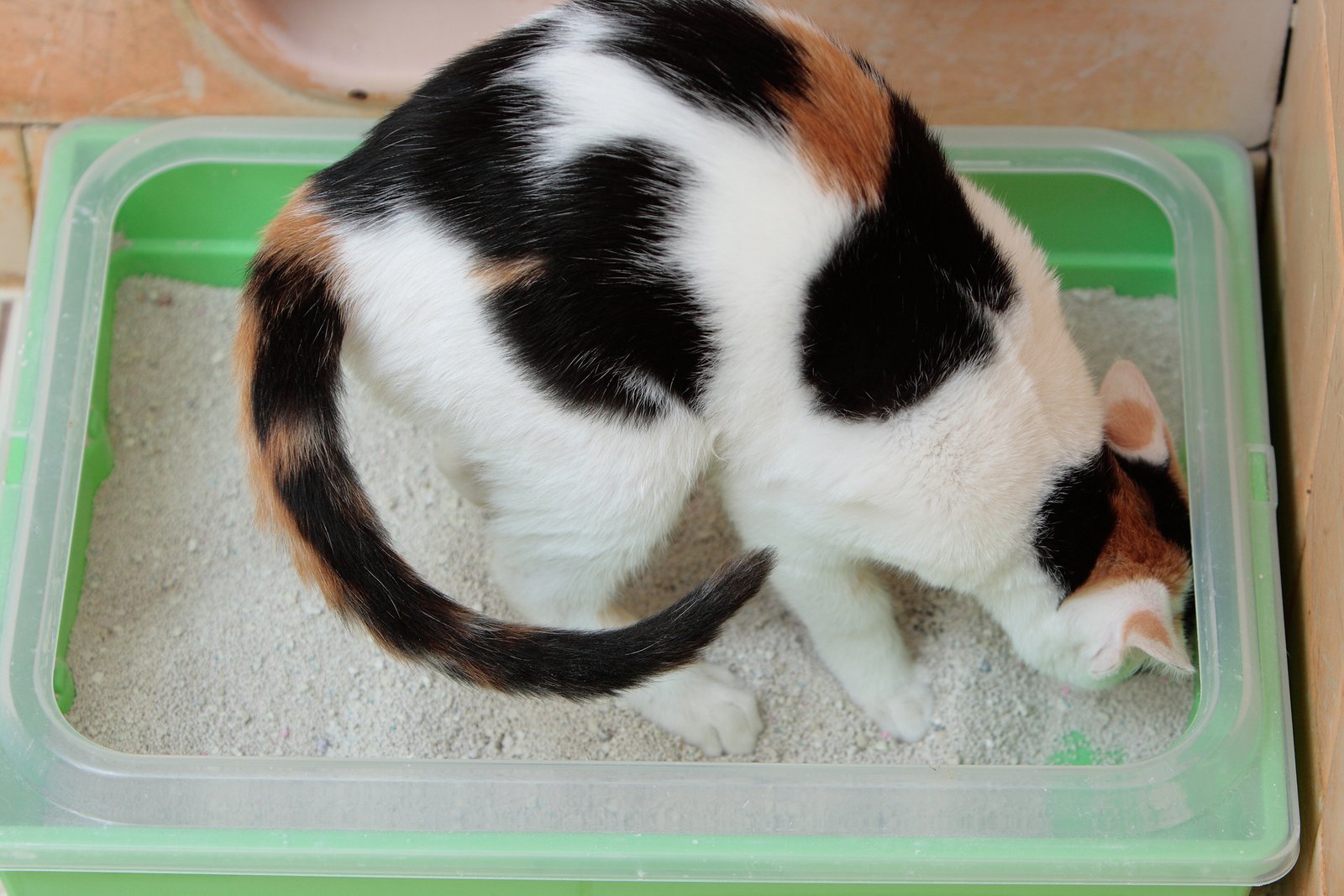
One of the most common problems that arises from frequent litter changes is litter box aversion. Cats might turn up their noses at the new texture or scent, deciding the box is no longer good enough. If they don’t like the change, you might find little “presents” in places you never expected—like your laundry basket or under the kitchen table. This isn’t your cat being naughty; it’s their way of saying, “I’m not comfortable here.” And once a cat develops an aversion, it can be tough to coax them back.
Upsetting Your Cat’s Sensitive Nose
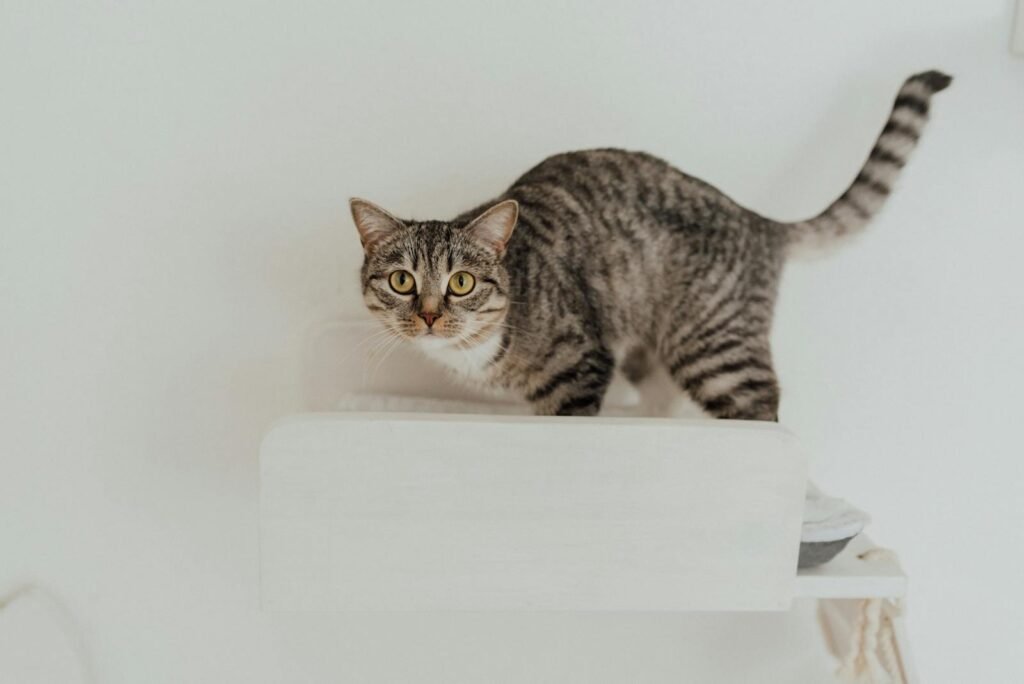
Cats have a sense of smell that’s far superior to ours. Switching from a mild, unscented litter to a heavily perfumed one—or vice versa—can be overwhelming for your kitty. Scents that seem pleasant to humans might be downright offensive to a cat. If you’re changing litters often, your cat’s nose is on a constant roller coaster. Some cats might even sneeze or paw at their face, showing just how much they dislike the new aroma.
Confusing Your Cat’s Paw Preferences

Have you ever noticed how particular your cat is about textures? From blankets to cardboard boxes, they know what feels good. The same goes for litter. Some cats love the feel of fine, sandy litter while others prefer larger granules or pellets. Switching the type of litter frequently can leave your cat confused and reluctant to use the box. It’s like walking barefoot on soft grass one day and sharp gravel the next—it’s uncomfortable and disorienting.
Impacting Litter Training in Kittens
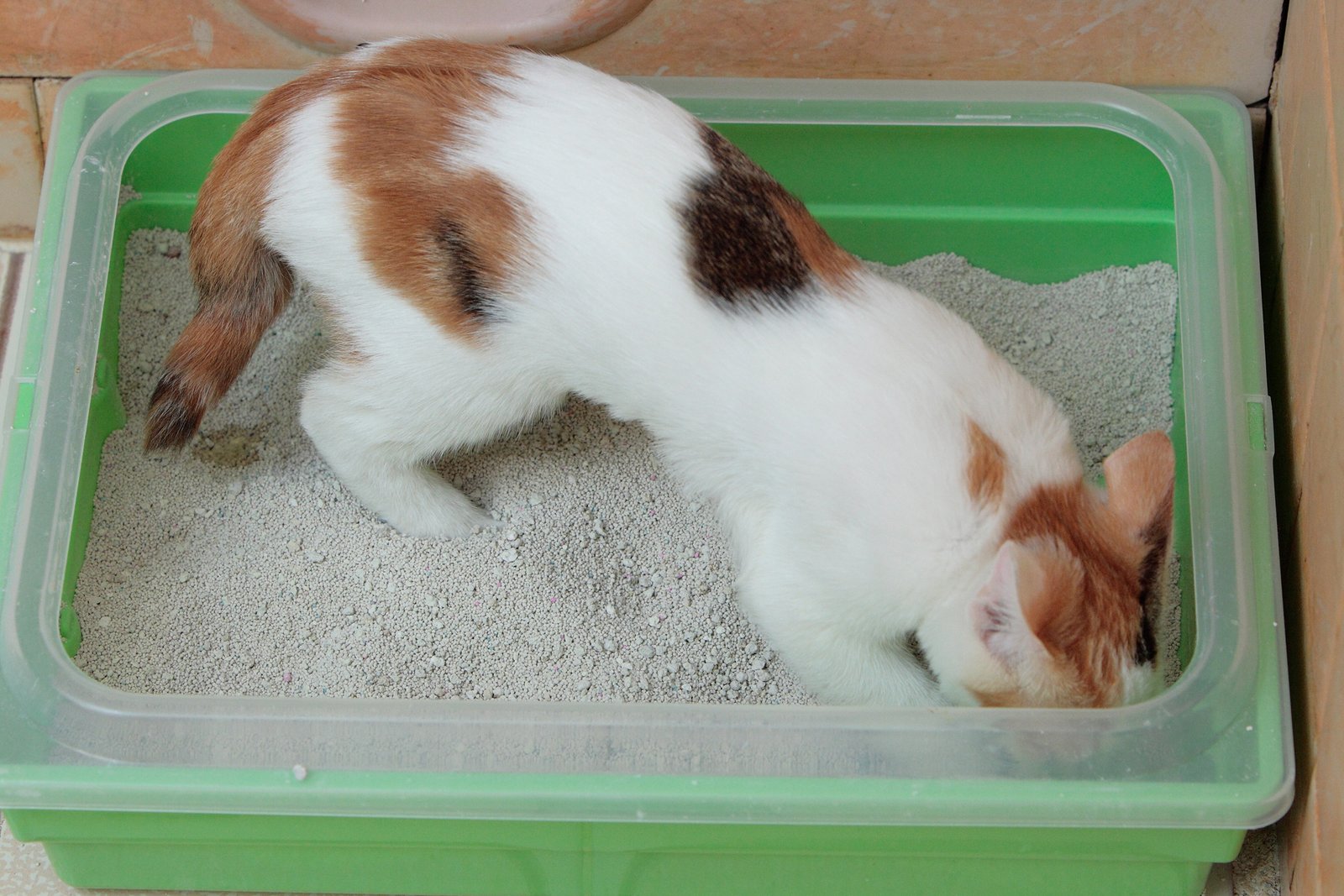
Kittens are especially sensitive to changes in their litter. When they’re learning where and how to go, consistency is key. If you keep switching up their litter, you risk setting back their progress or causing confusion. It’s like teaching a child to use the potty but changing the toilet every week. Kittens might start having accidents outside the box simply because they don’t recognize the new litter as their bathroom spot.
Causing Stress-Related Health Issues

Stress in cats isn’t just emotional; it can have real physical consequences. Frequent changes in litter can elevate your cat’s stress levels, leading to issues like over-grooming, loss of appetite, or even urinary tract problems. Cats process stress in mysterious ways, and sometimes it shows up in their health before you even realize they’re upset. If you notice your cat acting off after a litter change, consider whether the frequent switches might be to blame.
Triggering Allergic Reactions
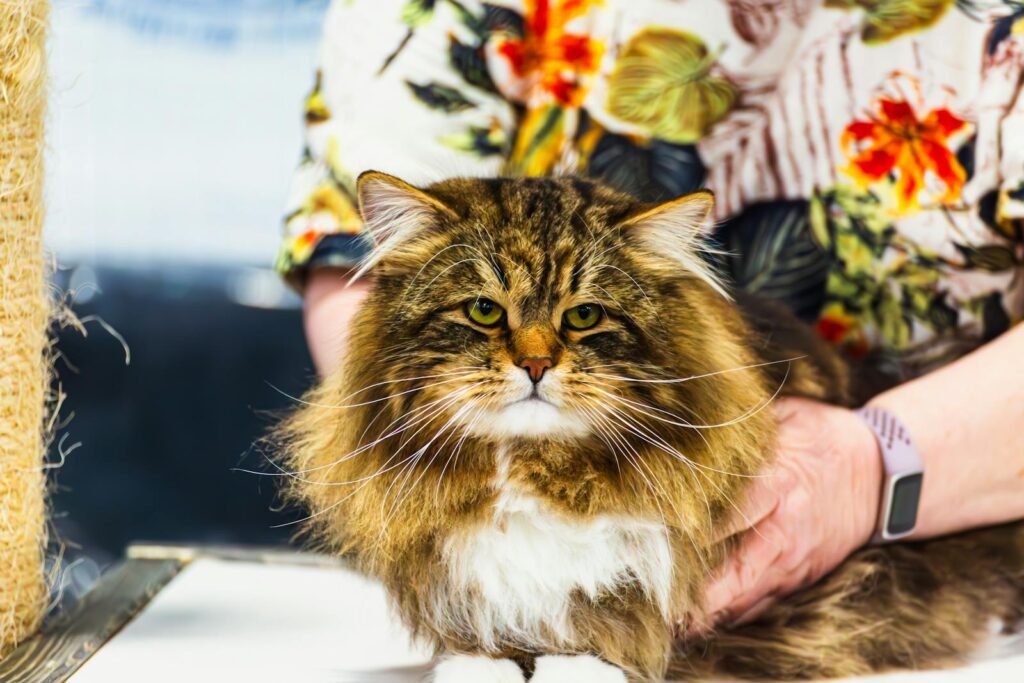
Some cats have allergies or sensitivities to certain types of litter, especially those with added fragrances, dust, or unusual materials. If you’re constantly trying new litters, you increase the risk of exposing your cat to something that might cause an allergic reaction. Symptoms could include sneezing, watery eyes, or even skin irritation around their paws. It’s a bit like trying new soaps on your own skin—some might be fine, but others can cause discomfort.
Interfering with Multi-Cat Households

If you have more than one cat, changing litter too often can upset the balance in your feline family. Different cats have different preferences, and what works for one might not work for another. Frequent changes can spark territorial disputes or make some cats avoid the box altogether. In a multi-cat home, consistency is even more important to keep the peace and make sure everyone’s needs are met.
Increasing the Risk of Accidents Outside the Box

When cats feel unsure about their litter box, they may start seeking alternatives. That’s when accidents happen—on the carpet, in shoes, or behind the couch. Frequent litter changes can make your cat feel like the box is no longer a safe place, leading them to look for new spots. This not only makes for a messy house but can also be a sign that your cat is stressed or unhappy.
Complicating Medical Monitoring

Veterinarians often ask cat owners about changes in their cat’s litter box habits when diagnosing health issues. If you’re constantly changing the type of litter, it can be hard to notice subtle differences—like blood, urine color, or stool consistency—that might signal a medical problem. Consistency helps you spot warning signs quickly, while frequent changes can mask symptoms and delay important treatment.
Making Cleaning More Challenging

Switching from one type of litter to another can affect how easily you can scoop and clean the box. Some litters clump better than others, while some create more dust or tracking around the house. If you’re always changing brands or styles, you might find yourself struggling to keep the box clean—or constantly buying new cleaning products to keep up. This can be frustrating and time-consuming for you, and unpleasant for your cat.
Wasting Money on Unnecessary Products
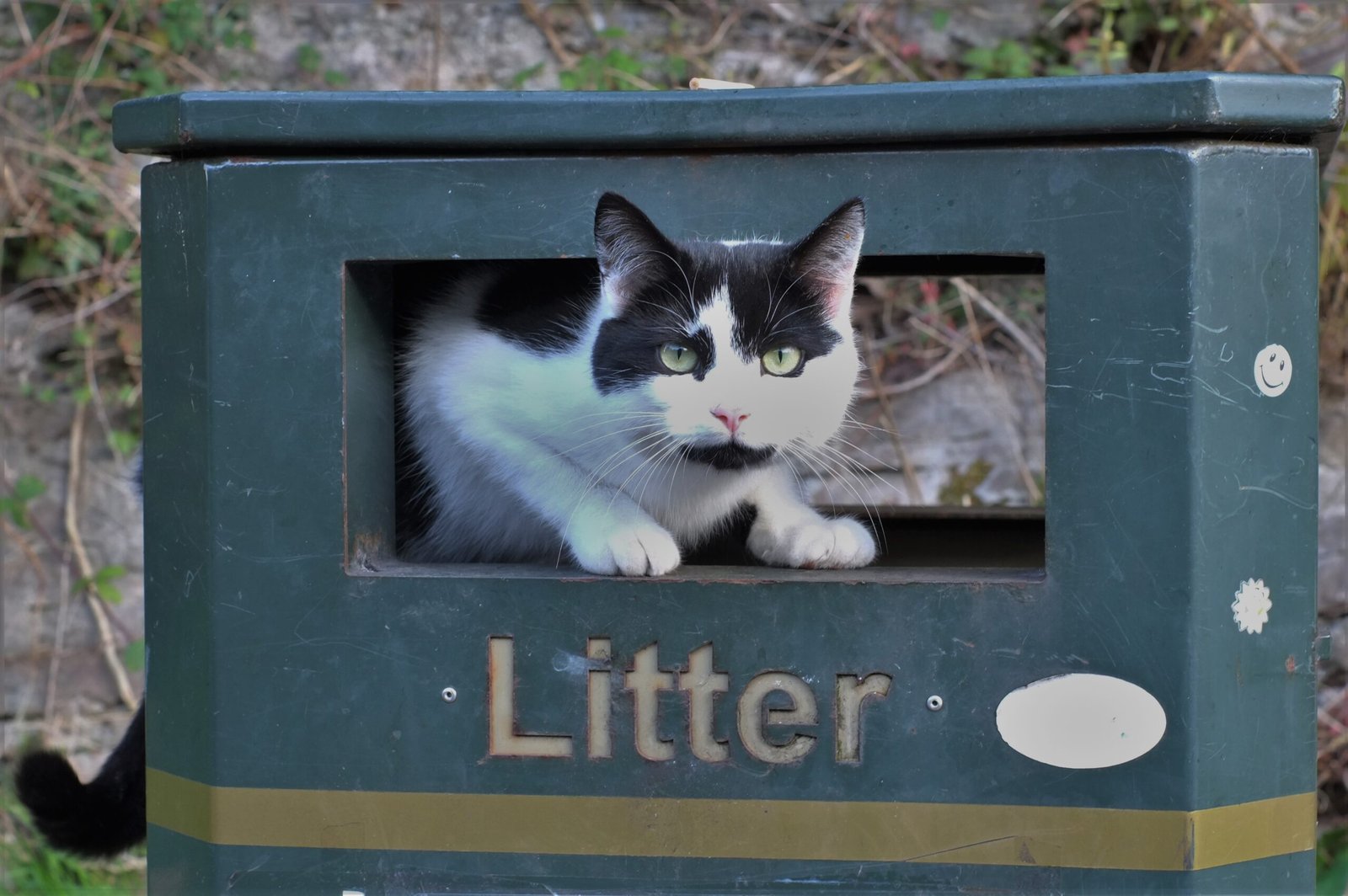
Let’s face it: constantly buying new types of litter can add up fast. Many cat owners, in pursuit of the “perfect” litter, end up spending far more than necessary. Not every new product lives up to its promises, and your cat might reject an expensive litter anyway. It’s easy to fall into a cycle of spending without ever finding a lasting solution.
Creating Environmental Waste

Frequently changing litter types often means buying new bags before finishing the old ones. This leads to unnecessary waste—both in terms of unused litter and extra packaging. Many litters are not biodegradable, so tossing them out frequently can have a surprising environmental impact. If you care about your carbon paw print, sticking with one brand for longer stretches is better for the planet.
Disrupting Scent Marking and Familiarity

Cats use scent to mark their territory and feel at home. When you change the litter often, you’re wiping out the familiar scents your cat has left behind. This can make the box feel foreign and unwelcoming, especially for shy or anxious cats. Maintaining the same litter helps your cat feel secure, knowing their scent is still there.
Making It Harder to Find the Right Litter

Ironically, switching too often can prevent you from discovering which litter actually works best for your cat. Cats need time to adjust to new things, and a quick switch doesn’t give them a fair chance. Patience is key. Giving your cat a few weeks to get used to a new litter will help you see if it’s truly a good fit, rather than jumping to conclusions after only a few days.
Confusing Your Cat’s Routine

Routine is essential for cats. They like to know what to expect, especially when it comes to their bathroom habits. Constantly changing the litter can throw off their routine and make them feel anxious about using the box. Keeping things steady helps your cat relax and stick to healthy bathroom habits.
Impacting Your Relationship With Your Cat

Believe it or not, your choices about the litter box can affect your bond with your cat. If your cat is stressed, uncomfortable, or starts having accidents, it can lead to frustration for both of you. Frequent litter changes can create a cycle of confusion and tension. A happy cat, comfortable with their box, is more likely to be affectionate, playful, and trusting.
Tips for Making a Successful Litter Switch

If you truly need to change your cat’s litter—maybe for health reasons or to address allergies—do it gradually. Start by mixing a small amount of the new litter with the old, slowly increasing the ratio over a week or two. Watch your cat’s behavior closely and be patient. Remember, your cat’s comfort and happiness should always come first.

Growing up traveling and experiencing new cultures and wonders, I have had a passion for nature, adventuring, photography, and videography. I am currently working towards a BSc in Biodiversity and Ecology at Stellenbosch University, and I hope to specialise in Marine Sciences one day.
Please send any feedback to Feedback@animalsaroundtheglobe.com






